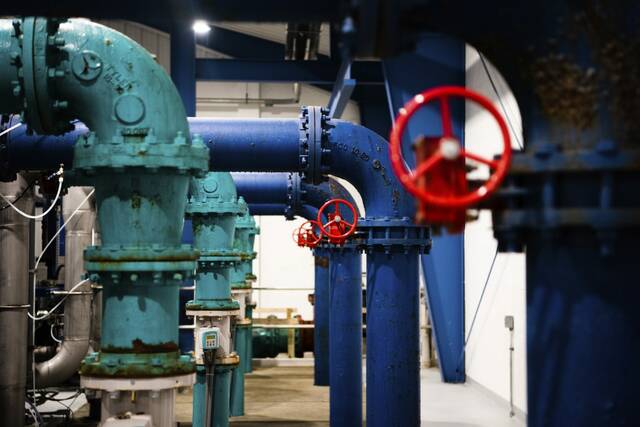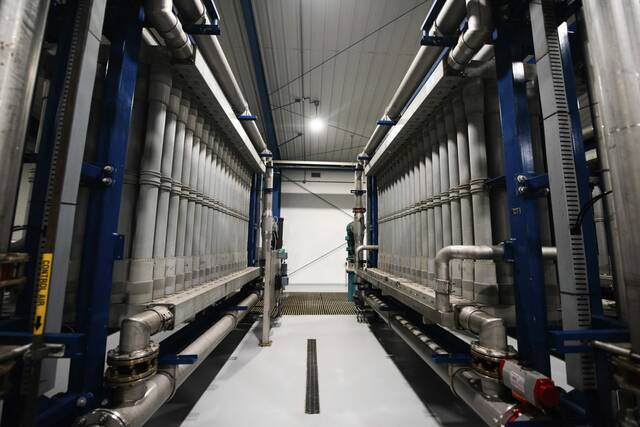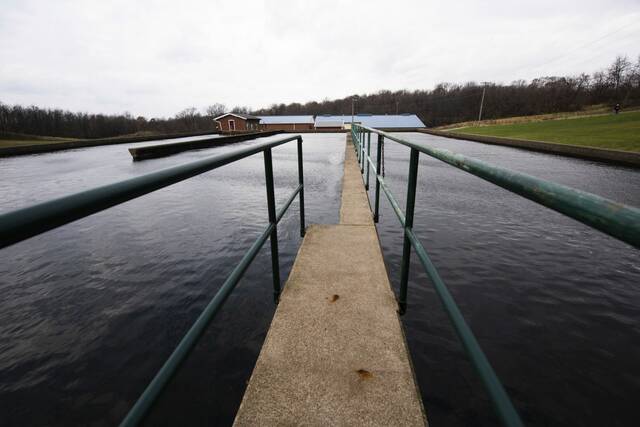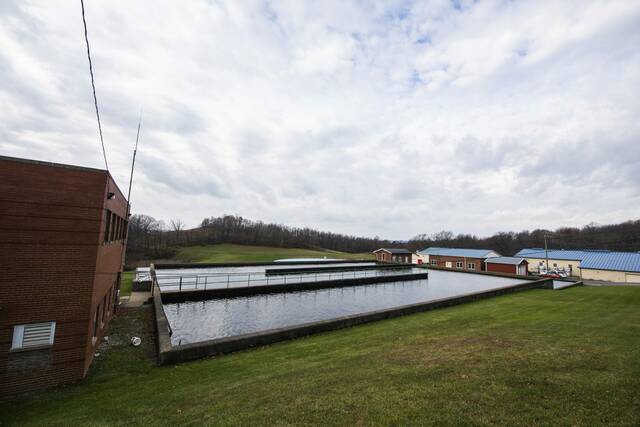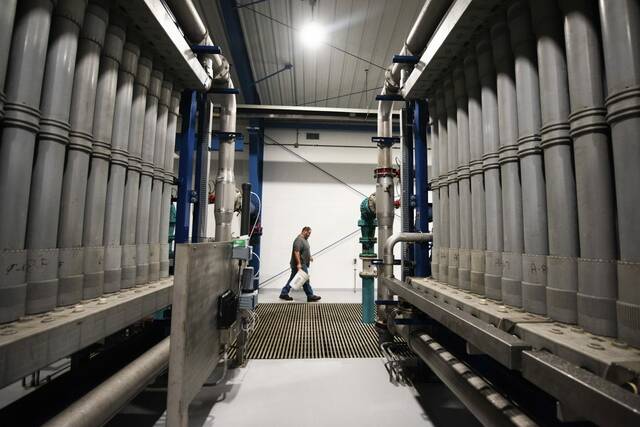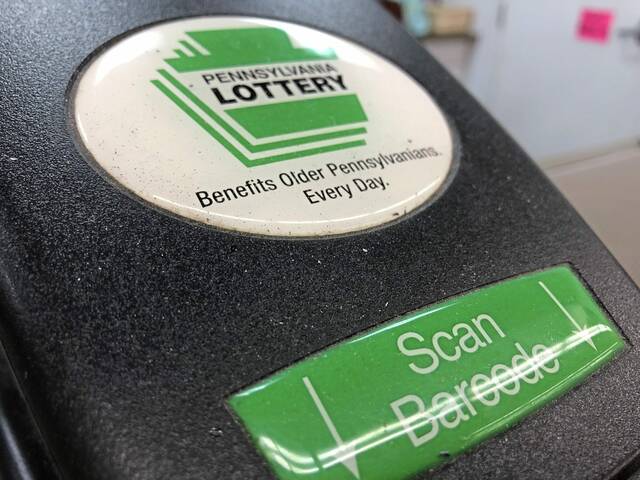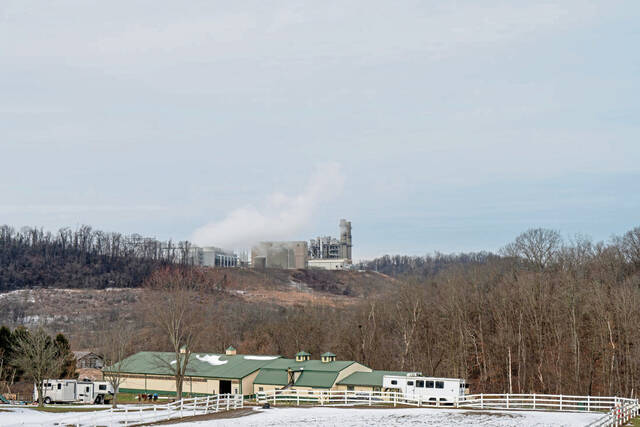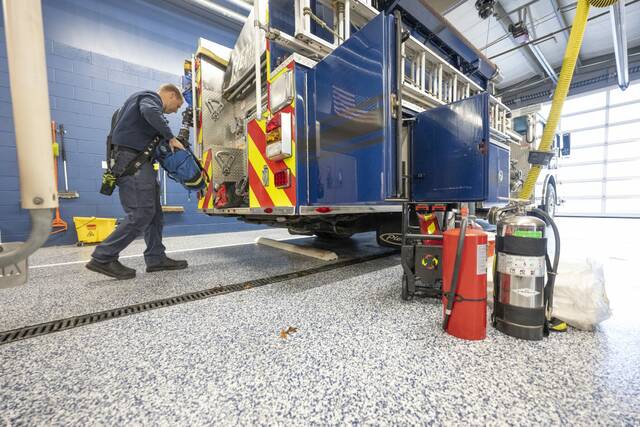Thomas Brudnok is on a quest for answers.
His quarterly water bill is never less than $102, even if his Youngstown household uses less than the minimum of 10,000 gallons in that time.
What baffles Brudnok is that while Youngstown Borough Municipal Authority buys treated water from nearby Latrobe, he pays 43% more for the same water than Latrobe authority customers.
That disparity is not uncommon in Western Pennsylvania, according to a Tribune-Review survey of water prices.
Customers of 24 local water providers pay anywhere from $62.25 to $192.06 quarterly for 12,000 gallons of water — the average amount billed to customers every three months in the surveyed area.
Experts point to various reasons:
• Rates are regulated by local municipalities’ councils or authorities without oversight from state or federal agencies;
• Costs vary with maintenance and improvements to the region’s aging water treatment facilities;
• Costs associated with salaries and benefits to hire and retain employees continue to escalate;
• Many authorities are hesitant to consolidate into larger organizations that can function more efficiently as single entities and avoid duplication of efforts.
Officials say the disparity — and Brudnok’s frustration — has nothing to do with the actual cost of the water.
The Latrobe Municipal Authority sells water to the Youngstown authority for $3 per 1,000 gallons, Latrobe environmental supervisor Chris Bova said.
But Youngstown charges $72 on top of the $30 per 10,000 gallons — not including its additional fee of $8.75 per 1,000 gallons if usage exceeds that minimum, according to Youngstown officials.
“What they do (after purchasing water from Latrobe) is up to them,” Bova said.
The extra money assessed in Youngstown goes “mainly” toward overhead costs such as salaries and benefits, said Mike Repko, chairman of the Youngstown authority’s board.
“To keep good employees, (Youngstown has) to pay a lot more than minimum wage,” Repko said.
Revenue also goes toward maintenance of distribution lines, he said. Then there are other maintenance costs.
Last year, Youngstown had to install a new pump station, creating a budget deficit. Although income totaled $272,000 in 2020, costs totaled $811,000, Repko said.
For that reason, after not increasing rates for three years, Repko recently recommended a rate increase of 15%.
Carnegie Mellon University President Emeritus Jared Cohon, a professor of civil and environmental engineering, said he believes the widespread disparity in water rates can be traced to what he described as a flaw in how water is sold in the region.
He said he believes Western Pennsylvania is “probably the most fragmented region in the country” in terms of water providers.
“If we’re not the most fragmented, we’re certainly among the most,” Cohon said. “It’s astounding how many (water providers) we have here. … It’s incredibly not efficient, to say the least.”
How it works
There are two types of public water providers in Pennsylvania, municipal authorities and providers run directly by local governments, according to Jennifer Case, government relations liaison at the Pennsylvania Municipal Authorities Association.
Under Pennsylvania’s Municipality Authorities Act, last modified in April 2020, local governments may create municipal authorities — after which the authorities operate as their own bosses. They have their own appointed boards, hire their own workers and determine rates independent of the municipality.
Other than initial appointments for a water authority board or oversight by a local council for a water department, water providers maintain largely unregulated businesses.
In the case of providers run directly by local governments, a municipal council acts as the water provider’s board. It hires staff to operate the facility and directly oversees the plant’s operations, Case said. Council members also decide rates.
Many might assume water providers fall under the state Public Unity Commission, but only one of the providers surveyed by the Trib — the Pittsburgh Water and Sewer Authority — is regulated by the PUC.
In 2017, Harrisburg lawmakers passed Act 65, granting the PUC oversight of the PWSA with respect to customer service, operations performance and setting of rates.
While there are more than 2,500 water systems in the state, fewer than 100 are under the PUC’s jurisdiction, said Nils Hagen-Frederiksen, the commission’s press secretary.
Most municipal authorities are outside the jurisdiction of the PUC, but not some municipal water systems. “The PUC can have limited jurisdiction for rates and services where a municipal service is providing water to people outside of their municipal boundaries,” he said.
For those residents outside a municipality providing water service, the PUC gives them a voice for service and rates, said Hagen-Frederiksen. When a utility is under the PUC’s jurisdiction, it must demonstrate its case for a rate increase during a hearing. The commission bases its decision on what is in the public’s best interest.
But that is the extent of the state control over rates.
The state Department of Environmental Protection is charged only with monitoring water quality.
The struggle
Even the largest water providers serving multiple communities fight the constant challenge of generating enough revenue to offset personnel and maintenance costs.
“Because we invest in our system, our rates may be higher than some neighboring systems’,” said Matt Junker, spokesman at the Municipal Authority of Westmoreland County.
The authority serves 122,000 customers in Westmoreland, Allegheny, Armstrong, Fayette and Indiana counties and has more than 2,400 miles of water distribution lines, three water treatment plants and 320 employees. It also provides sewer service to about 30,000 customers.
For authority customers, the cost of 12,000 gallons of water is $139.93 per quarter — $31.21 above the average of $109.40 for all providers in the Trib survey.
Junker said that represents the cost to serve the customer — not just the water itself.
“Rate comparisons, by themselves, are apples to oranges because rates pay for routine costs plus infrastructure investments,” Junker said.
Over the past 15 years, the authority has invested $425 million in replacing pipes, upgrading treatment plants, purchasing generators and investing in cybersecurity, Junker said. MAWC also has paid to buy a number of smaller water authorities, incorporating their customer base and service areas into its own.
Bigger not always best
PWSA services the second-largest customer base of the providers surveyed, 80,000, behind only the Westmoreland County authority.
Despite the large population and the fact its water is sourced from the Allegheny River — the same as 12 others out of the surveyed group — the PWSA’s cost remains the highest in the Trib study at $192.06 per quarter for 12,000 gallons.
“The primary factors contributing to our rates include increasing operational costs, ongoing investment in and expansion of our customer assistance programs and debt service that finances our capital investment,” said spokeswoman Rebecca Zito.
“One of the factors driving our rates is the need to invest in our water and sewer systems and construct new stormwater infrastructure,” she said.
In March 2019, PWSA enacted its first rate hike under PUC oversight — increasing the monthly combined water and sewer bill of customers using an average of 3,000 gallons per month by $8.87.
In September, PWSA filed a request with PUC regarding desired water, wastewater and stormwater rate increases in 2022 and 2023.
In all, PWSA wanted a $21 million total revenue increase — with $17 million coming next year and $4 million in 2023. The average residential customer using 3,000 gallons of water per month would pay an extra $5.65 in 2022 and another $1.44 in 2023, the authority said.
The PUC approved the hikes on Nov. 18.
Carnegie Mellon’s Cohon said he is in favor of the rate increases the Pittsburgh authority has implemented.
“Certainly, one of the reasons (PWSA) rates have gone up so much in recent years is because of (its) need to make up for years of neglect of not having invested in (its) system,” Cohon said. “(The system) became so outdated and old that it was at risk of failing.”
Cohon said he believes authorities with lower rates may not have systems in “good shape” because of a lack of funding, which leads to less investment in infrastructure.
Even so, despite the differences in rates charged for water, many Western Pennsylvania residents are paying a lower price for water than others across the nation.
According to the 2019 American Housing Survey conducted by the U.S. Census Bureau, the average national water bill is $61 per month, or $183 per quarter.
The bottom line
While he was serving as president of Carnegie Mellon, Cohon was the chair of the Regional Water Management Task Force, a group representing 11 counties in Southwestern Pennsylvania. It was formed in 2006 at the University of Pittsburgh Institute of Politics.
“(The) main recommendation we came to was that the region needed to create some kind of regional entity to coordinate water provision, water and sewer services in the area,” Cohon said.
The task force initially suggested a district be created to coordinate regional plans similar to the structure in place in other states, but that was derailed by the economic downturn of 2007-09.
Still, he maintains that merging water providers in Western Pennsylvania would lead to savings for consumers.
“Because of the state of the water systems, there would certainly need to be investment in the short term to bring them up to the condition they have to be in,” Cohon said.
Initially, this would result in higher water bills, but “over time, efficiencies you gain from having the regional approach (would increase), and rates would be lower than they would’ve been otherwise,” Cohon said.
For now, Cohon said, he believes government officials’ desire to remain independent is largely to blame for the differences in water bills from community to community.
“No local authority has discovered some secret approach to producing, distributing cheap water,” he said. “If rates are very different, it’s because of political decisions that have been made.
“(Water providers) choose rates which suit the purposes of the people running these authorities at the time.”



